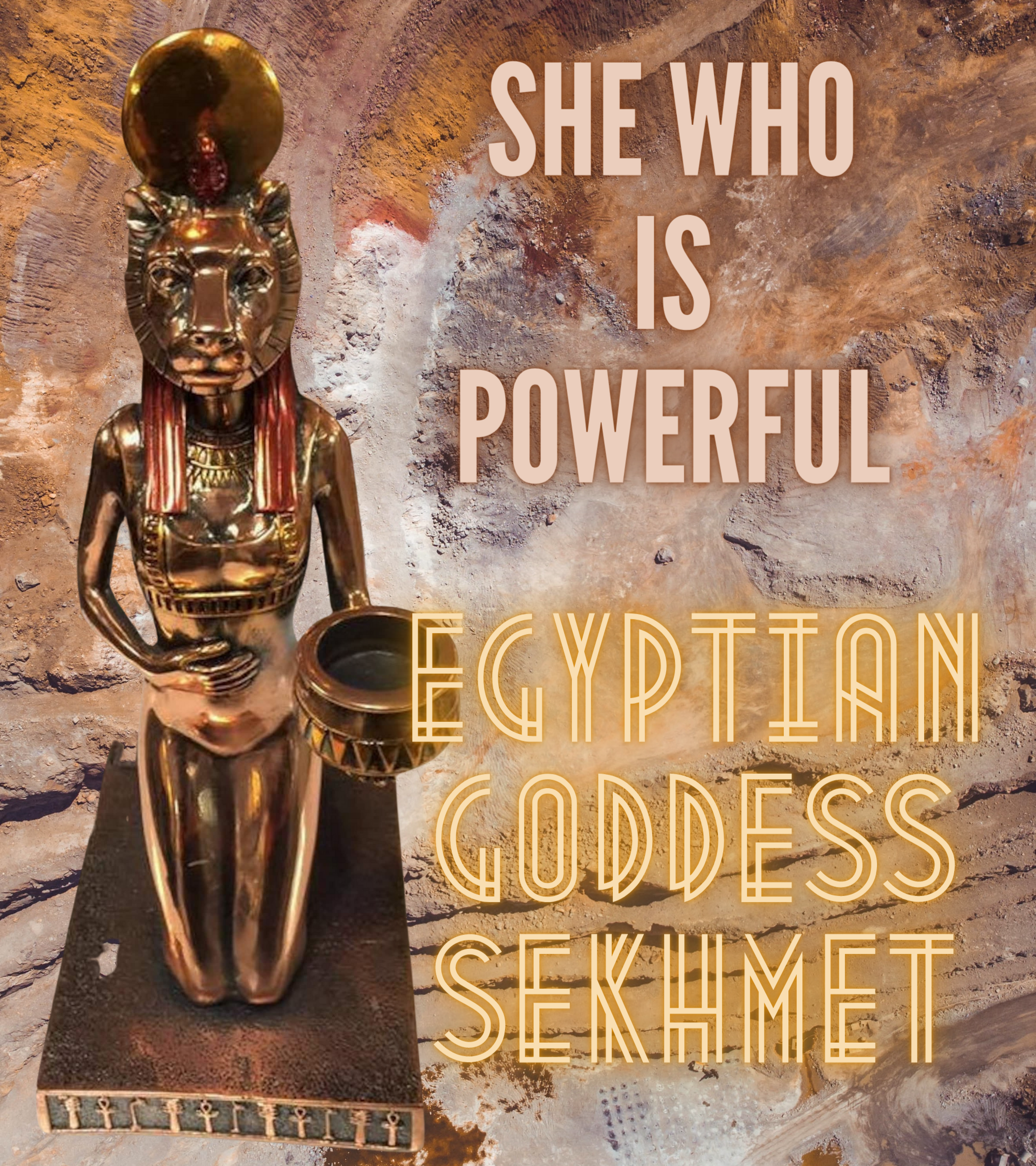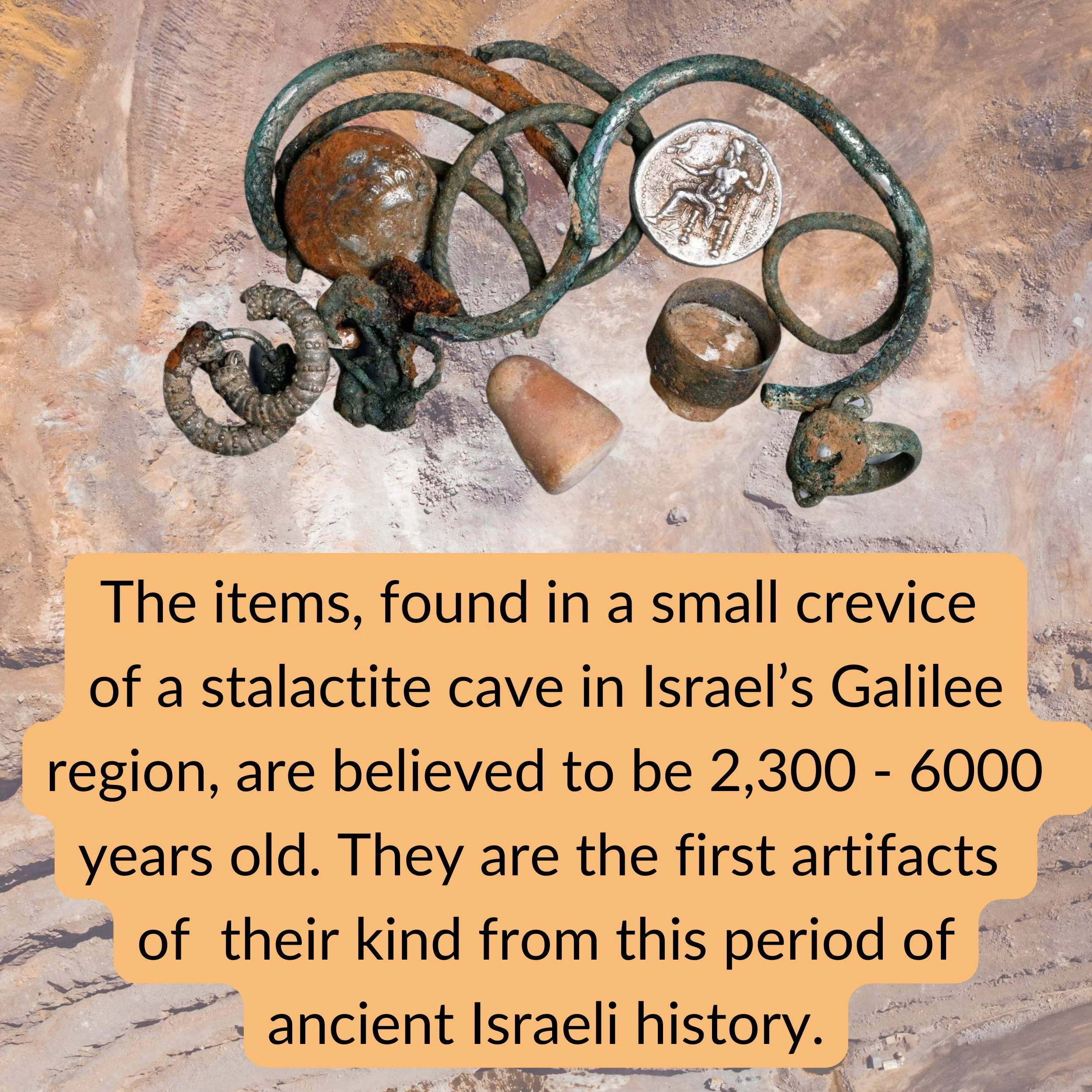The Ancestral History of Women: An Ongoing AOC Project Launched By Copper Jewelry
/The human desire for self-adornment is universal, and writing about copper jewelry trends should be a snap for most people. Not for Anne. I can make writing needlessly complicated, but in this case, the writing took me back to the continuously-revealing story of women’s history.
Only Anne of Carversville whips up a narrative around copper jewelry that takes us back to the dawn of human existence, and then out of Africa between 60,000 and 90,000 years ago into the Levant, a large area in the Eastern Mediterranean region of Western Asia.
My writing started down a simple path with a simple topic. Three days later, I had fallen down a rabbit hole of epic depth.
I know the research about women — not men — being the majority of our earliest cave painters, at least in Europe. France acknowledges it as factual history now in its own cave paintings.
Searching for research on women as inventors of the first tools — once I learned they were of copper, which women used in jewelry making — I knew what the answer would be.
Still, to read the consensus that women were very active in early toolmaking of copper instead of stone — considered one of the greatest advancements of humankind — was an incredible and emotional discovery.
This article is the foundation for a 2023 deep dive back into the history of women from the reality of a more egalitarian participation in early human society to lives more contained, controlled and defined by men.
The framework is here, and my mind is on fire. It was the focus of my research at NYU in New York, and this time, I am not letting go.
Humans Have Loved Copper Jewelry for 10-11,000 Years
Background: in understanding the importance of human history and invention, jewelry was not very high on the list of primarily male researchers and scientists.
If you are seriously into women’s history, you know that the period from 10,000 BC to the birth of Christ was a critical time for women — a time where we lost status and large degrees of control over our lives. The loss of women’s rights in ancient Greece over a 300-year period of time is staggering.
Respectable and married women in ancient Mesopotamia and in the Greek and Persian empires were first veiled in 1100-1400 BC. Let’s just call it a battle for increasing control of women’s bodies. Sound familiar?
Once women began our university educations in earnest, entering the world in large numbers, we began challenging the actual story of human development that defined us.
Beginning in the early 70s, women joined the scientific disciplines studying human evolution, the rise of Western civilization and also indigenous cultures. Their arrival into the study of human history has changed everything we know about the past — and many smart men openly admit that fact today.
Frankly, jewelry as artifacts was considered inconsequential and frivolous in the story of human development. Copper jewelry was so frivolous that the existence of The Copper Age, dating from the mid-5th millennium BC, and ending with the beginning of the Bronze Age proper, in the late 4th to 3rd millennium BC, was barely worth mentioning in the scientific community.
You’ve heard of The Stone Age and the Bronze Age. But few of us — including me — knew about The Copper Age. The REAL history of copper jewelry starts to upset several thousands of years of assumptions around women’s lives.
These are my stream-of-consciousness but constantly verified thoughts about copper jewelry — which is way more important to me today than it was Sunday.
Copper Jewelry Is the First Metal Jewelry and It’s Fundamental to Our Evolution As Humans
My initial thought about copper jewelry is that it is useful, with its artisan roots DNA. Then I began reading about The Copper Age.
A copper pendant discovered in what is now northern Iraq has been dated about 8700 B.C. For nearly five millennia copper was the only metal known to man, and thus had all the metal applications. Then came gold.
Women as Stone Age Toolmakers
After first being used in jewelry, copper was adapted into tools. For centuries, the assumption was that men were the toolmakers. AOC has deep ties into Ethiopia, and there was research in 2003 confirming that Stone Age women were toolmakers. Lots of them.
AOC is well-schooled on the assumption that the earliest cave paintings were made by men. This assumption has also been overturned and confirmed multiple times since 2013.
Women As First Cave Painters and Symbols Makers
Archaeologist Dean Snow of Pennsylvania State University analyzed hand stencils found in eight cave sites in France and Spain. By comparing the relative lengths of certain fingers, Snow determined that three-quarters of the handprints were female.
"There has been a male bias in the literature for a long time," said Snow, whose research was supported by the National Geographic Society's Committee for Research and Exploration. "People have made a lot of unwarranted assumptions about who made these things, and why."
Could Women’s Brains Have Been As Advanced as Men’s in the Stone Age?
FRENCH CULTURE MINISTER AURELIE FILIPPETTI SHOWS HER HAND COVERED WITH PAINT DURING THE LAUNCHING OF THE BUILDING OF THE FACSIMILE OF THE CHAUVET CAVE, WHICH CONTAINS SOME OF THE EARLIEST KNOWN CAVE PAINTINGS ON OCT. 12, 2012 IN VALLON-PONT-D'ARC.
It is an earthshaking fact, if true, my friends, that women not only made our own copper jewelry but we were toolmakers in the Stone Age.
It does make sense that if women were making their copper jewelry but also stone tools, that we understood that there were clear benefits with both malleability and repairability to make tools from copper.
Because early jewelry didn’t carry any weight with male archaeologists and related scientists, they didn’t understand that the skills women developed making jewelry probably gave them the cognitive skills to be equal partners — if not leaders — in the transition from stone tools to copper and then onto bronze.
In no way am I excluding men from making jewery or figuring out that copper made better tools than stone. The goal is not to remove men from the narrative but to bring women in.



